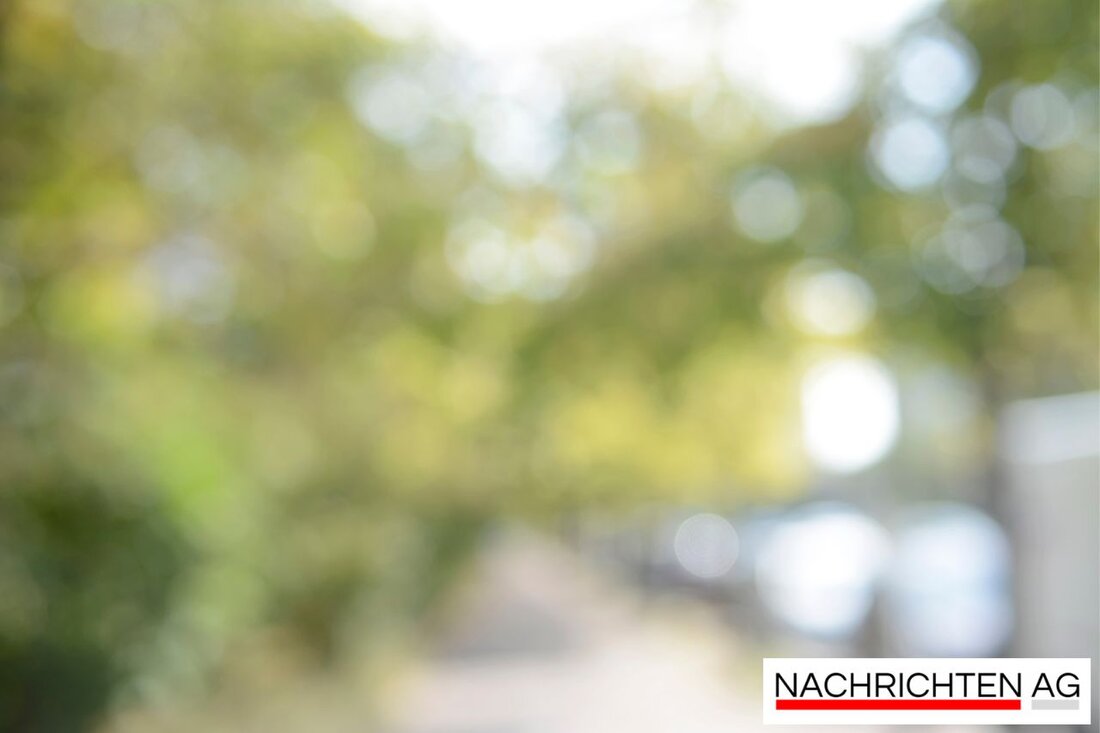Redwild in the Rhön: challenges and solutions on the Hegeschau

Redwild in the Rhön: challenges and solutions on the Hegeschau
The annual general meeting of the RedWildhege community Rhön took place today in the idyllic Thulbatalhalle in Thulba. One topic that interested many visitors and experts alike: the challenges and future of the red game population in the region. According to Fraenkischer Tag this year there were numerous exciting topics, from the exhibition of hirring antlers to analyzes of the kills and the future management of red dewild. The head of the RHG Rhön, Harm Humburg, together with the hunting authority representative Hans-Peter Donislreiter, presented impressive graphics on the current red game population.
A look at the numbers shows that the population of the majestic animals has a downward trend after high number of routes have been achieved in recent years. A full -grown deer needs around 5 kg of green mass every day. However, this food intake in the forest can lead to conflicts with forestry and agriculture, as those present discussed. The leisure pressure, increased hunting pressure and the growing wolf population make it difficult to regulate the red deer inventory.
challenges and solutions
The fact that red deer is pushed into unauthorized habitats due to the increased hunting pressure and drought, for example into the military training area wild spots. This topic was specifically addressed by the speakers of the event. The RHG therefore calls for new legal regulations to enable hiking dogs the same exchange. Ramona Fehringer, who was present by the Bavarian Hunting Association, also emphasized how important suitable areas for the red deer are and drew attention to the barriers through the motorway network.
In the future, it is crucial not to lose sight of the forest conversion problem. The guests of honor present, including State Secretary Sandro Kirchner and the district councilors Thomas Bold and Thomas Habermann, campaigned for joint action at the political level. "We have to find solutions that meet both the red deer and our agriculture," says Fehringer. The next opportunity to exchange ideas offers an event of the Rhön-Hegegemeinschafts, which takes place on June 27th at 6:30 p.m. in the Heinrich-Köppler-Haus in Hammelburg.
A look over the borders
Effective monitoring of the red deer is not only important for the region, but also requires national cooperation. According to lwf Bayern , the Bohemian Forest-Ökosystem is examined in a cross-border project between Bavaria and the Czech Republic. Various innovative methods such as GPS telemetry and camera monitoring are used there to record the red game population exactly and to analyze their habitats.
The climate changes in particular make a reliable counting more and more difficult, which is why modern techniques in monitoring are essential. About 55 female red wilder animals were equipped with GPS neck bands, while 250 camera surveillance devices are used to estimate the population density. In the long term, the data collected should also provide information about the seasonal use of space and the habitat selection of the red deer. But at the same time, attention must be paid to the factors of man who can affect animal population.
The meeting of the Rhön red deer community has once again made it clear that the challenges when dealing with red deer are complex. How nature and man will meet in the future remains exciting and requires a common, coordinated approach at all levels.
| Details | |
|---|---|
| Ort | Thulba, Deutschland |
| Quellen | |
